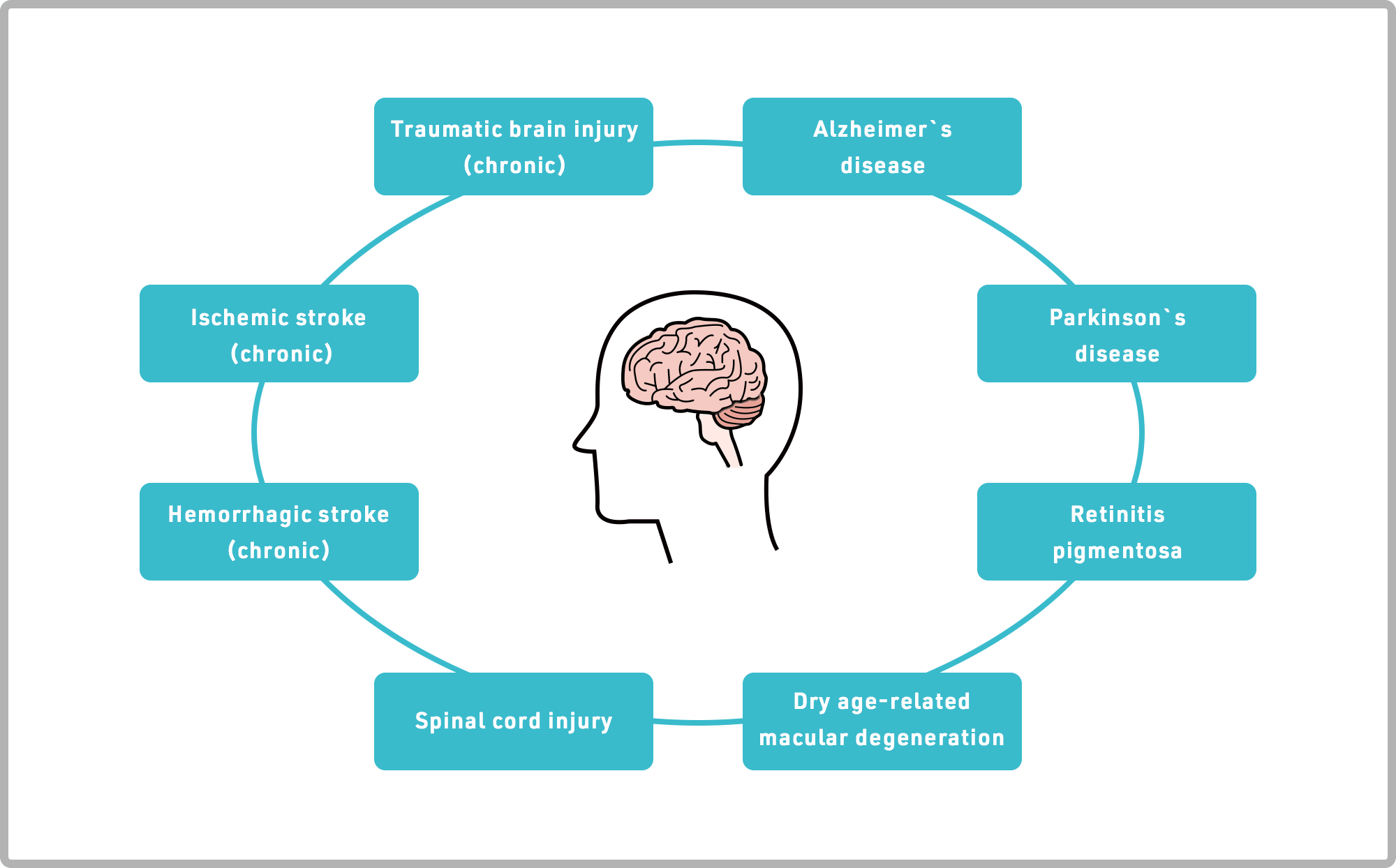Table of Contents

[/image][=video]
[/video]
There are numerous types of stem cells. As a whole, the term stem cell describes a group of cells that offer rise to other cells (like skin, blood, heart, and muscle mass cells) by replicating and differentiating in reaction to chemical signs. Totipotent stem cells appear at the earliest stage of advancement and are the only stem cells which can create beginning stem cells and the placenta.
Bone marrow transplant (BMT) is an unique treatment for individuals with certain cancers cells or various other illness. A bone marrow transplant entails taking cells that are generally found in the bone marrow (stem cells), filtering system those cells, and providing back either to the donor (client) or to one more person. The goal of BMT is to transfuse healthy and balanced bone marrow cells into a person after his/her own undesirable bone marrow has been dealt with to kill the uncommon cells.
Bone marrow is the soft, squishy tissue discovered inside bones. It is where the majority of the body's blood cells create and are stored. The blood cells that make various other blood cells are called stem cells. The most primitive of the stem cells is called the pluripotent stem cell. This is different than various other blood cells with regard to the adhering to buildings: It has the ability to duplicate an additional cell identical to itself.
It is the stem cells that are needed in bone marrow transplant. The goal of a bone marrow transplant is to cure lots of diseases and types of cancer cells. When the dosages of chemotherapy or radiation required to heal a cancer cells are so high that a person's bone marrow stem cells will certainly be permanently harmed or damaged by the therapy, a bone marrow transplant might be required.
Regenerative Therapy around Grand Rapids
This process is frequently called rescue. Replace bone marrow with genetically healthy working bone marrow to stop more damage from a hereditary illness procedure (such as Hurler's disorder and adrenoleukodystrophy). The dangers and advantages need to be considered in a thorough conversation with your health care service provider and experts in bone marrow transplants prior to the treatment.
There are various sorts of bone marrow transplants depending upon that the benefactor is. The various sorts of BMT include the following: The contributor is the person himself or herself. Stem cells are taken from the client either by bone marrow harvest or apheresis (a process of gathering outer blood stem cells), icy, and after that returned to the individual after intensive treatment.
The contributor shares the exact same hereditary type as the client. Stem cells are taken either by bone marrow harvest or apheresis from a genetically matched contributor, normally a bro or sis. Various other donors for allogeneic bone marrow transplants may consist of the following: A haploid-identical match is when the benefactor is a parent and the hereditary match is at the very least half similar to the recipient.

Matching includes keying human leukocyte antigen (HLA) tissue. The antigens externally of these special white blood cells establish the hereditary make-up of an individual's immune system. There go to the very least 100 HLA antigens; however, it is believed that there are a few major antigens that identify whether a donor and recipient suit.
Medical research is still investigating the role all antigens play in the process of a bone marrow transplant. The even more antigens that match, the better the engraftment of contributed marrow. Engraftment of the stem cells occurs when the contributed cells make their means to the marrow and start making new blood cells.
Regenerative Therapy
All individuals work together to provide the finest opportunity for an effective transplant. The group consists of the following: Healthcare suppliers who specialize in oncology, hematology, immunology, and bone marrow transplantation.
Experts that will assist you fulfill your nutritional demands before and after the transplant. Several various other team participants will examine you prior to transplant and will certainly give follow-up treatment as required.

A complete clinical background and physical examination are done, including multiple tests to review the client's blood and body organ features (for instance, heart, kidney, liver, and lungs). A patient will certainly usually enter the transplant facility as much as 10 days prior to transplant for hydration, examination, placement of the main venous line, and various other preparations.
Blood items and medicines will certainly be offered with the catheter during therapy. For an allogeneic transplant, a suitable (cells entered and matched) benefactor should be available. Finding a matching donor can be a difficult and lengthy process, specifically if a sibling match is not available. Volunteer marrow contributors are signed up in several national and global computer registries.
Donor sources offered include: self, brother or sister, parent or loved one, nonrelated person, or umbilical cord from a related or nonrelated person. There are national and worldwide registries for nonrelated individuals and cable blood. Some household participants might be typed as a result of the need to aid. These relatives might or may not elect to have their type registered for usage with other receivers.
Medical Group in Grand Rapids, Michigan
Examinations connected to his/her wellness, exposure to viruses, and genetic analysis will be done to determine the degree of the suit. The contributor will certainly be given instructions on just how a bone marrow contribution will be made. When a suit for a person needing a bone marrow transplant is found, after that stem cells will certainly be collected either by a bone marrow harvest.
Or by an outer blood stem cell collection. This is where stem cells are accumulated from the distributing cells in the blood.
Navigation
Latest Posts
Regenerative Therapy
Perimenopause Treatment in Grand Rapids
Regenerative Therapy local to Grand Rapids